
Some cats have a habit of eating or chewing on paper. Cats are known to sometimes exhibit odd behavior for a variety of reasons, keeping their owners wondering why.
Although it's generally harmless for cats to eat paper, there are some potential dangers. If a cat consumes too much paper, it could lead to digestive blockages or other health issues. Here's what you should know about why your cat is eating paper and what you can do to help prevent it.
Cats are curious creatures that use their noses and mouths to explore the world by sniffing, tasting, and even chewing interesting items. They can smell and taste things humans cannot detect. As strange as it sounds, paper and cardboard are appealing to many cats. Depending on the cat, this may include printer paper, bills, books, magazines, cardboard boxes, toilet paper, and paper towels.
Cats may lick and chew paper to explore it or play and then realize they enjoy the smell and taste. Some cats will simply chew paper and cardboard, but others will actually ingest it.
On another note, cats are carnivores that instinctively enjoy hunting prey. It is possible that tearing paper and cardboard mimics the act of tearing through the meat of their prey.
Pica is the compulsion to eat non-food items that offer no health benefits. This condition is seen in humans, cats, dogs, and other animals. Eating paper is a form of pica in cats and there are some possible reasons for it.
Cats that chew paper usually only ingest small quantities. However, eating large amounts of paper can lead to health problems. Paper is made from cellulose fiber extracted from wood or similar materials and may contain various chemicals used in processing. Finished paper often contains ink and dyes. The chemicals in some paper may be toxic if enough is ingested. Fortunately, it would take a lot of paper to cause toxicity.
Gastrointestinal obstruction is the greatest risk associated with paper-eating in cats. Small quantities of paper can usually be digested in the stomach. However, large amounts of paper can absorb liquid and clump in the stomach or intestines. If large enough, clumps of paper can block food from passing through the GI tract. The body will try to expel the paper or pass it. Your cat may vomit up all or part of the paper. However, there is a risk of the substance becoming logged in the gastrointestinal tract, causing an obstruction. This is a serious condition that requires immediate veterinary attention.
Possible initial signs of a GI obstruction include vomiting, diarrhea, loss of appetite, and lethargy. The abdomen may become painful and/or bloated. If you notice these signs and you suspect your cat might have eaten something non-edible, go to the nearest open veterinarian immediately. A GI obstruction may be discovered via radiographs or ultrasound. If so, the foreign body will need to be removed. If the foreign body is in the stomach, it may be possible to remove it with endoscopy. Blockages in the intestines require abdominal surgery.
Contact your vet if you notice your cat eating large amounts of paper or other inappropriate items, or if your cat is showing any signs of illness. It's important to rule out a medical or nutritional cause for the pica before you try to correct the behavior.
The best way to prevent your cat from eating paper is to keep it out of reach. Put books and magazines on shelves or in drawers. Store important papers in drawers or plastic folders (unless your cat also eats plastic). If your cat tends to eat large amounts of cardboard, avoid leaving boxes out.
Take steps to enrich your cat's environment and reduce boredom. Spend time playing and bonding with your cat. Place cat toys and scratchers around the home to keep your cat occupied. Consider adding vertical space to the home, such as cat shelves on the wall.
Training may help you divert your cat from eating paper. Some cats are stubborn and set in their ways, but many cats respond well to clicker training, especially if they are food-motivated. Try teaching your cat actions with specific cue words, then use the clicker to reinforce desired behaviors. Once you have clicker-trained your cat, use a pre-trained cue word to divert your cat's attention from the paper to you. When your cat is trying to eat something she should not eat, say the cue word. If your cat complies, click then reward.

Cute Pictures & Facts About Calico Cats & Kittens
Learn fascinating facts about calico cats, including photos, the genetics behind this color combination, and common folklore and traditions.
How to Prevent Cat Separation Anxiety During Vacations
Discover why cats develop litter box problems and cat behavior problems when you go on vacation and what you can do about it to help them.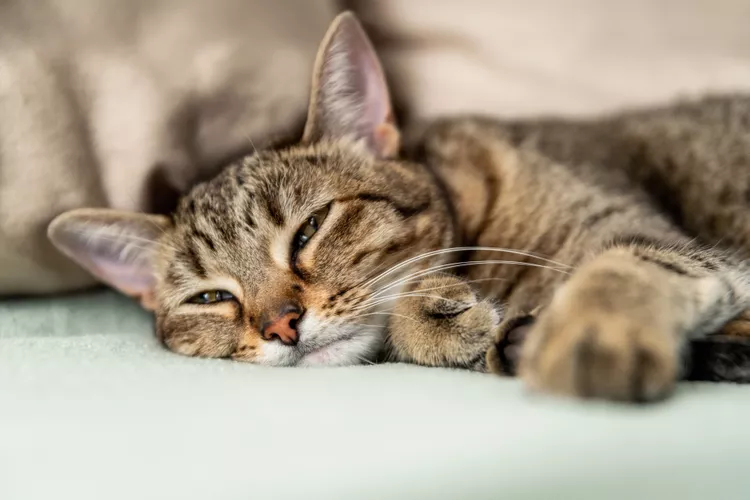
Cat Behavior Changes That Might Mean Something's Wrong
Cats' behavioral changes may indicate problems—or they may mean nothing at all. Explore causes of odd behavior and what to do about them.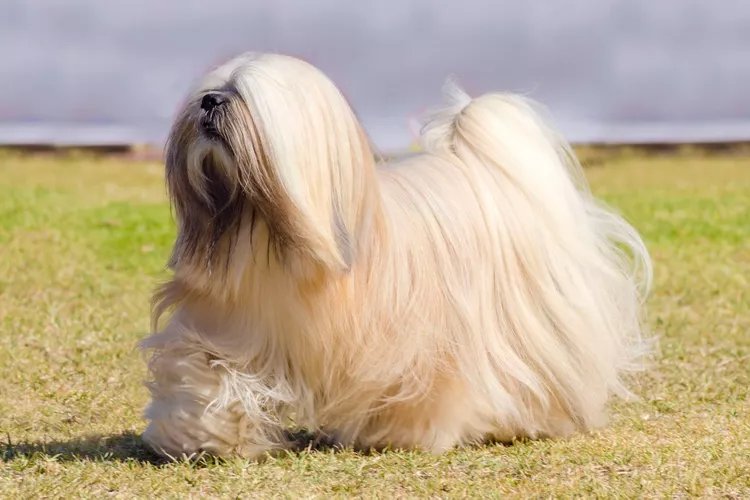
Lhasa Apso: Dog Breed Characteristics & Care
The Lhasa apso is an ancient breed from Tibet that was bred to be a watchdog. Learn about its history, health, exercise needs, and more.
Reasons Why Dogs Run Away and How to Stop It
Dogs can escape, especially if they’re bored and not properly contained. Here are some techniques for stopping your dog from running away.
Can Dogs Get Depression? How to Help Your Sad Dog
Can dogs get depression? Learn about the signs of depression in dogs and find out how to help your sad dog.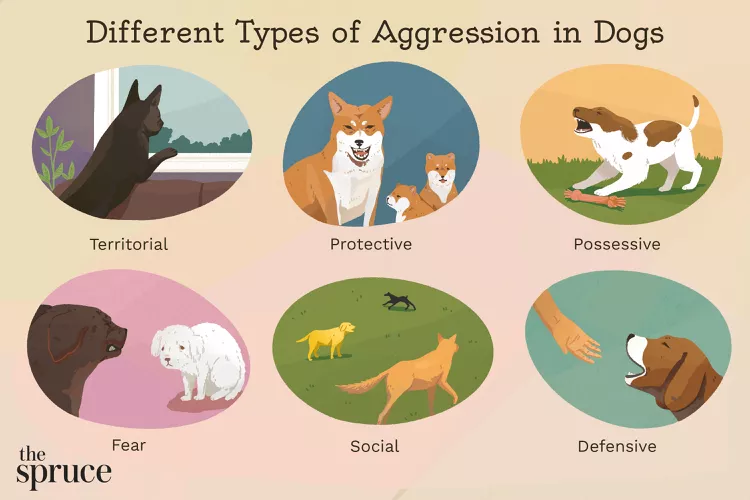
How to Stop Aggression in Dogs
Dog aggression can be a serious behavior issue for pet owners. Learn how to stop aggression in dogs before someone gets hurt.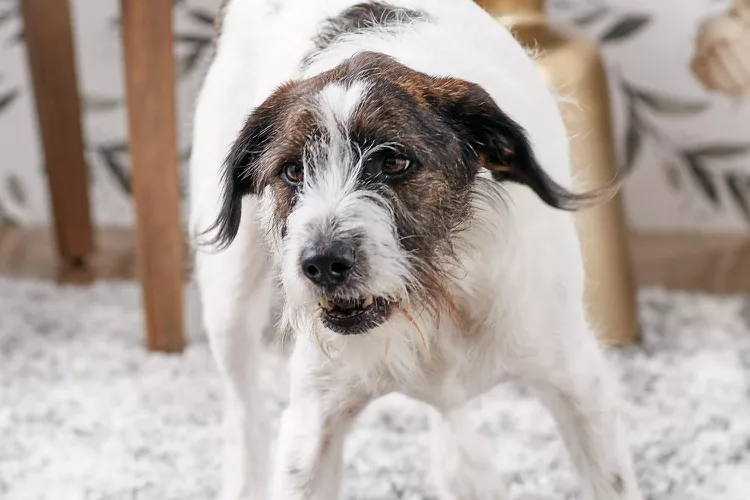
How to Stop Your Dog From Growling
A growling dog can soon become even more aggressive. Reduce the noise and potential for a dangerous situation with some of these techniques.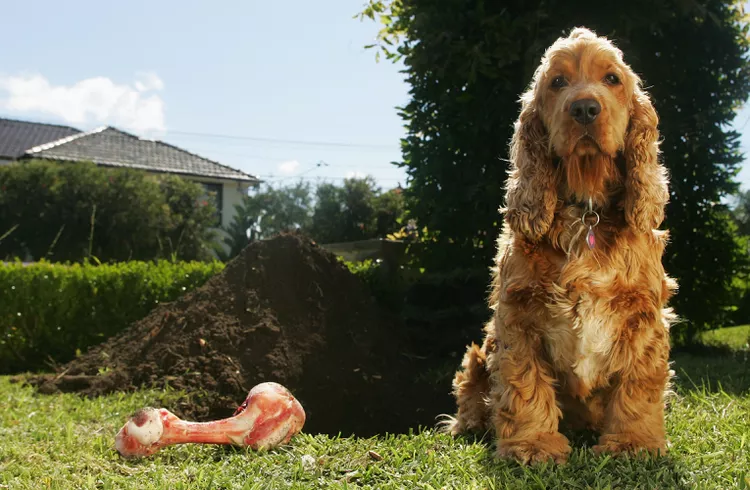
Why Do Dogs Dig Holes? How to Stop Your Dog from Relandscaping Your Yard
Dogs have been digging holes for centuries and for many reasons. Whether they’re bored or want to cool off in the dirt, here are the top reasons why dogs dig holes.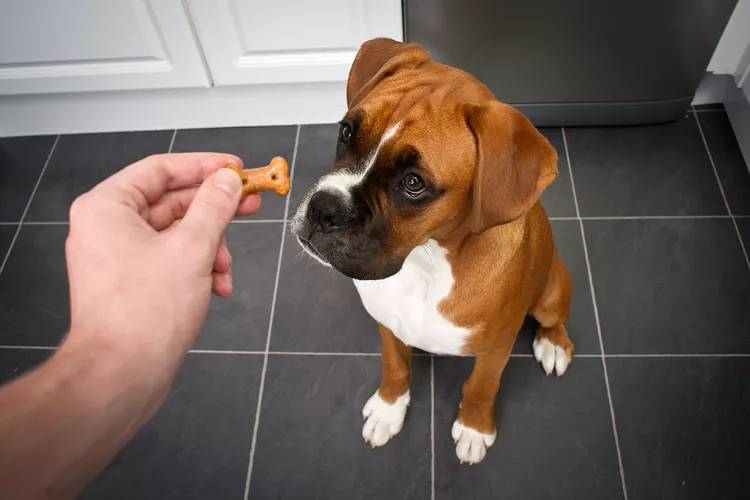
Dog Treat Varieties
Learn about the different types of dog treats on the market and decide which are best for your dog.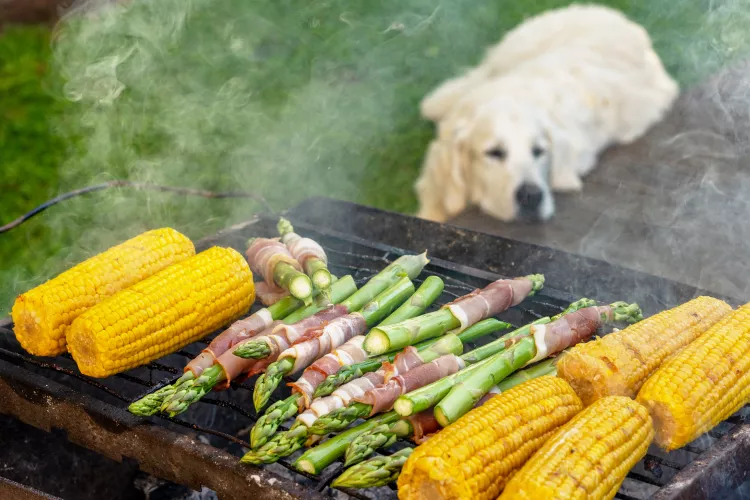
Can Dogs Eat Asparagus?
Dogs can eat asparagus, provided the vegetable is cooked plain and cut up for them. Seasonings, salt, and butter make it unhealthy for dogs.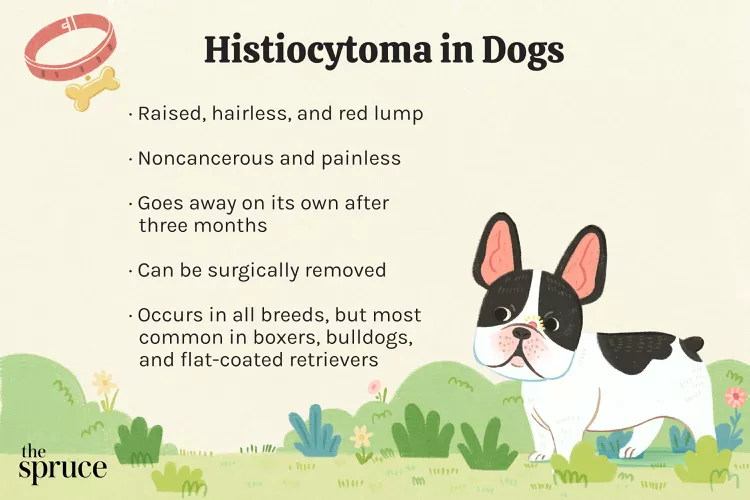
Histiocytomas in Dogs
A histiocytoma is a type of benign (non-cancerous) skin lump that usually affects young dogs. Learn the causes, treatment, and prevention.
Why Is My Dog’s Eye Swollen?
If your dog's eye is swollen, she may need veterinary attention. The inflammation could be caused by allergies, an injury, or even a tumor.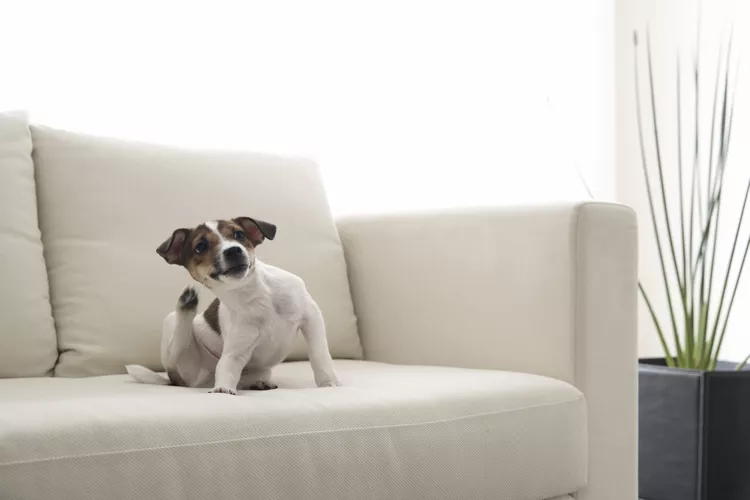
Common Bugs and Parasites Found on and Inside Dogs
Learn about common types of parasites in dogs. Find out how to treat and prevent parasites to keep your dog, your family, and yourself safe.
Exploring the Different Types of Pet-Friendly Beaches
Are you looking for pet-friendly beaches? Learn about the different types of pet-friendly beaches, their locations, and tips for visiting them with your pet.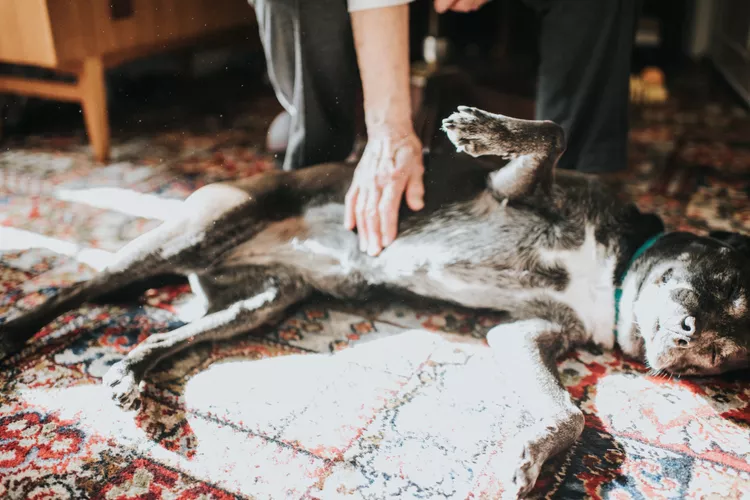
10 Obscure, Little-known Canine Facts in Honor of National Dog Day
With National Dog Day upon us, it's time to celebrate everything about our favorite pets—even the weirder stuff. Here are 10 obscure facts about dogs you probably didn't know.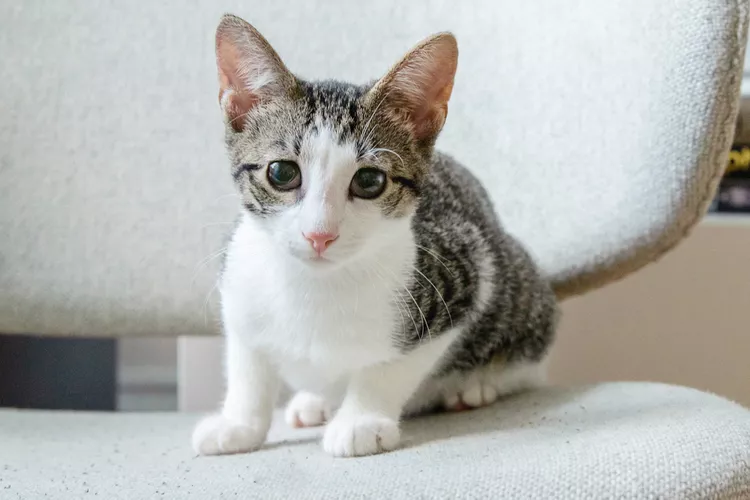
Kitten Development From 3 to 6 Months Old
Kittens grow and change a lot during their first year. Find out what happens between the ages of three months and six months old.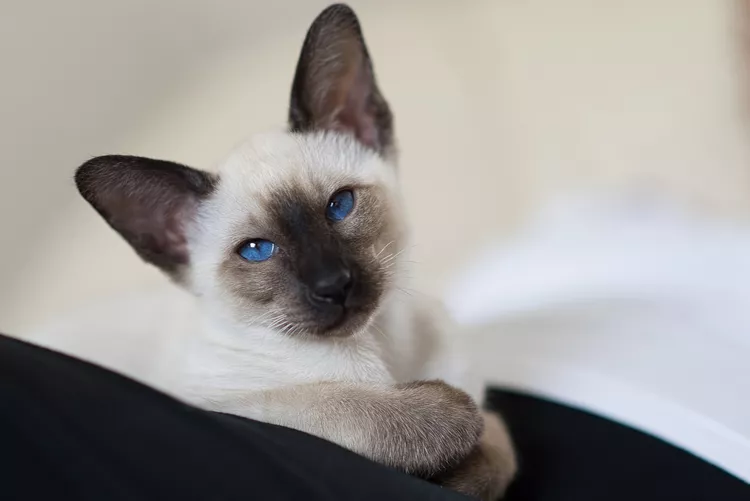
95 Siamese Cat Names
Our list of Siamese cat names has diverse and fun options to help you choose the ideal moniker for your elegant and lovable feline companion.
What to Buy for Your New Cat: A List of Essentials
Before you bring your new cat or kitten home, there are a number of things to collect or buy so your cat will feel welcomed like a family member.
The 6 Best Cat Nail Clippers of 2024 for a Safe Trim
Clipping your cat's nails can save your furniture and keep your kitty comfortable. We asked veterinarians for their cat nail clipper recommendations.